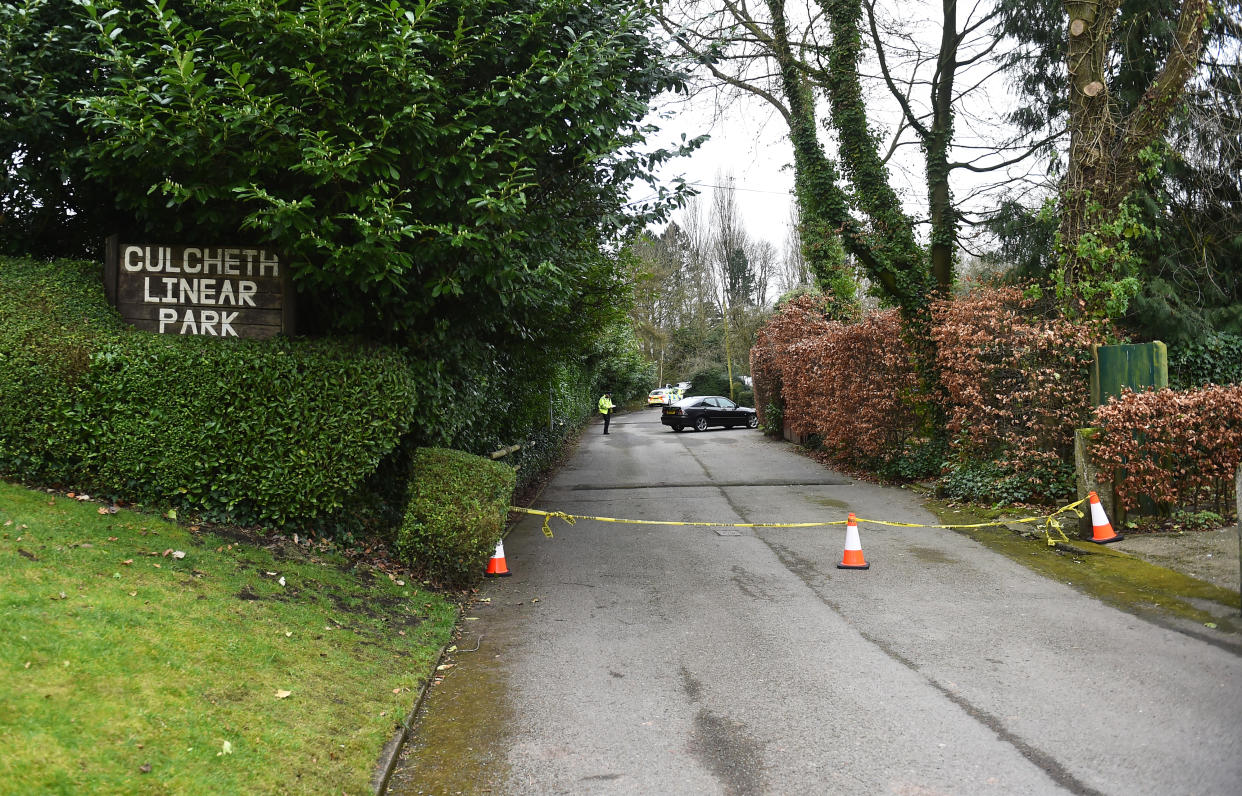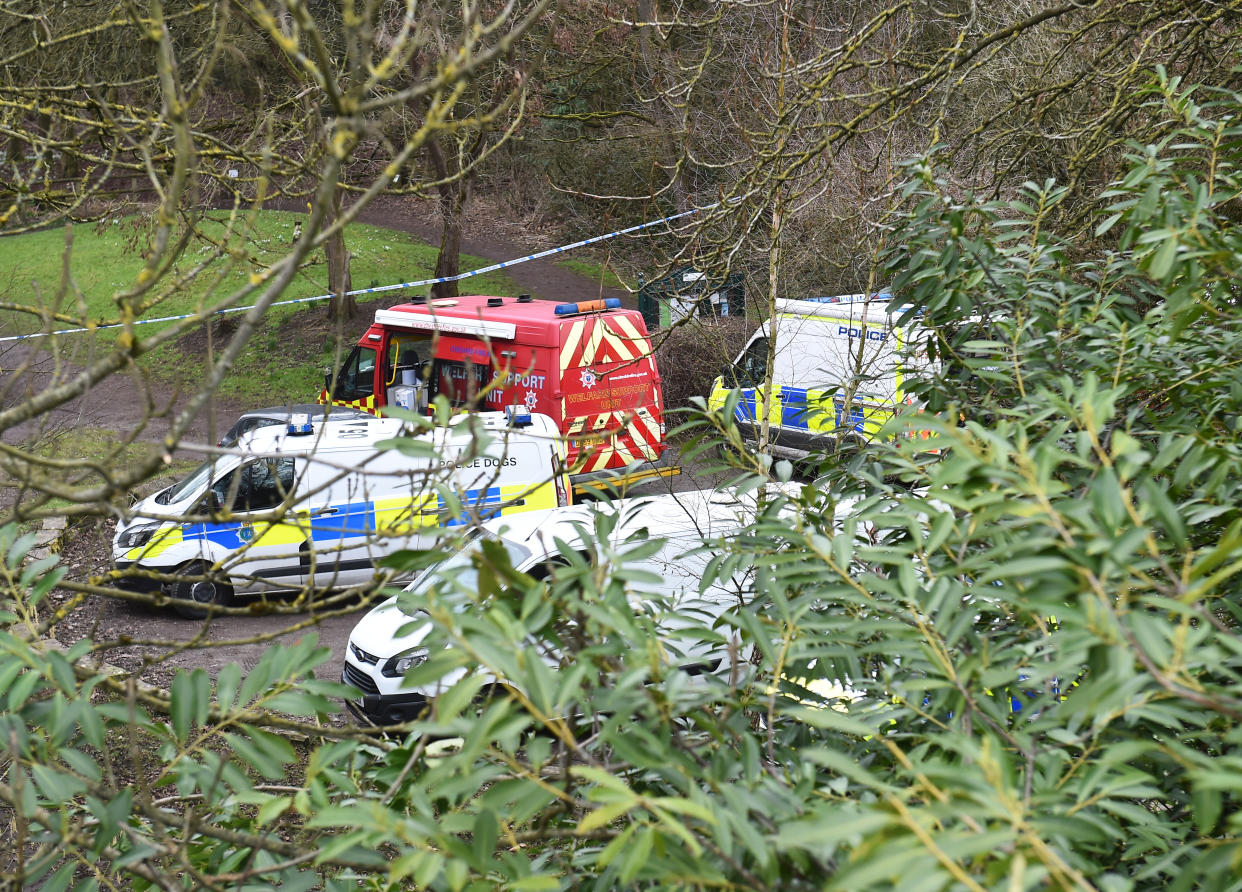Brianna Ghey: What is a hate crime?

The death of 16-year-old Brianna Ghey, who was stabbed to death in a park in Warrington on Saturday, has sent shockwaves through her local community.
Two 15-year-olds from the local area have been arrested on suspicion of murder.
Police have described the killing of Brianna, who was trans, as a "targeted attack", but have clearly stated that there is no evidence so far to suggest it was a hate crime.
That description has provoked some confusion – and even anger – on social media with campaigners claiming the alleged murder should be considered a transphobic attack.
Others have said the case highlights the increase in violence faced by trans people. Labour MP Bell Ribeiro-Addy tweeted that anti-trans hate crime has risen by 1,106% since 2012, while acknowledging in the same message that the exact circumstances of Brianna's death have yet to be confirmed.
Yahoo News UK looks at what a hate crime is:
What have police said about Brianna's death?
Detective Chief Superintendent Mike Evans said police are pursuing several lines of inquiry, and appealed for anyone with information to come forward.
He said: “A number of inquiries in relation to this incident are under way and we are doing all that we can to establish the exact circumstances of what has happened.
“At this time, there is no evidence to suggest that the circumstances surrounding Brianna’s death are hate-related."
What is a hate crime?
According to the Crown Prosecution Service (CPS) website, the law recognises five types of hate crime on the basis of:
Race
Religion
Disability
Sexual orientation
Transgender identity
It says that any crime can be prosecuted as a hate crime if the offender has either 'demonstrated hostility based on race, religion, disability, sexual orientation or transgender identity' or 'been motivated by hostility based on race, religion, disability, sexual orientation or transgender identity'.

According to the website, the police and the CPS have agreed the following definition for identifying and flagging hate crimes:
"Any criminal offence which is perceived by the victim or any other person, to be motivated by hostility or prejudice, based on a person's disability or perceived disability; race or perceived race; or religion or perceived religion; or sexual orientation or perceived sexual orientation or transgender identity or perceived transgender identity."
It said there is no legal definition of hostility, so the "everyday understanding" is used, which includes ill-will, spite, contempt, prejudice, unfriendliness, antagonism, resentment and dislike.
Hate crimes: How are they sentenced differently?
According to the CPS, hate crimes are covered by legislation (Crime and Disorder Act 1998 and section 66 of the Sentencing Act 2020) which allows prosecutors to apply for an uplift in sentence for those convicted of a hate crime.
Information on the Sentencing Council website says that a court should not conclude that offending involved aggravation related to race, religion, disability, sexual orientation or transgender identity without first "putting the offender on notice and allowing him or her to challenge the allegation".
Read more: Trans teenager’s final TikTok videos before she was stabbed to death in park
If such "aggravation" is found, it says sentencers should first determine the appropriate sentence, leaving aside the element of aggravation related to race, religion, disability, sexual orientation or transgender identity but taking into account all other aggravating or mitigating factors.
It says the sentence should then be increased to take account of the aggravation related to race, religion, disability, sexual orientation or transgender identity.

The extent to which the sentence is increased will depend on the seriousness of the aggravation, with factors taken as suggesting a "high level" of aggravation including: the element of planning and whether the offence was part of a pattern of offending.
Other factors include: whether the offender was a member of, or associated with, a group promoting hostility based on race, religion, disability, sexual orientation or transgender identity; or whether the incident was deliberately set up to be offensive or humiliating to the victim or to the group of which the victim is a member.
Other elements of aggravation could also include the impact on the victim and others, including whether the timing or location of the offence was calculated to maximise the harm or distress it caused; whether the offence caused fear and distress throughout a local community; or more widely and whether the offence caused particular distress to the victim and/or the victim’s family.


